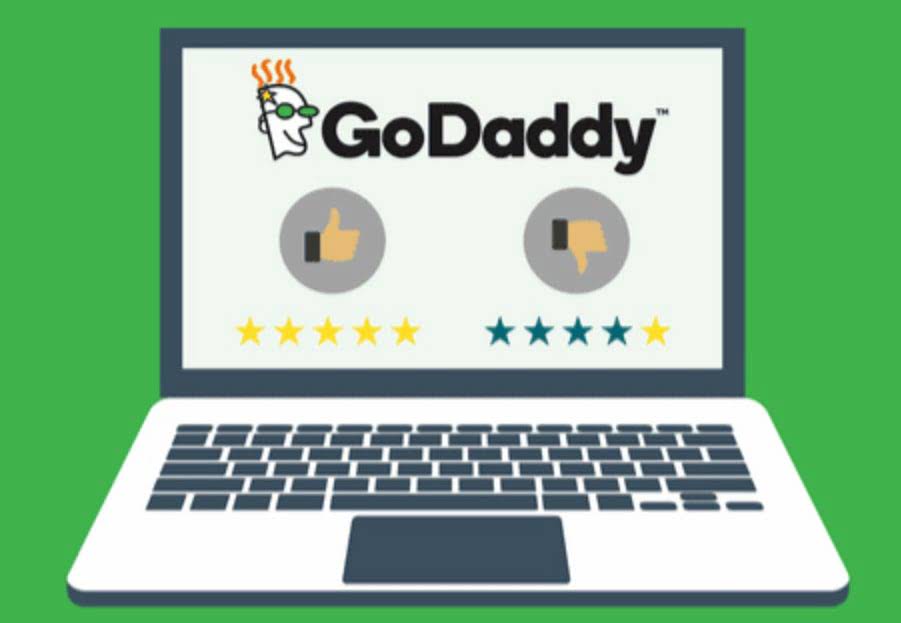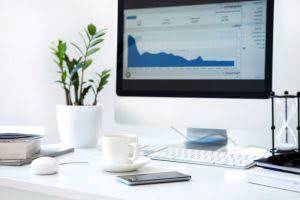Liability Definition Accounts List Financial Accounting

Most companies don’t pay for goods and services as they’re acquired, AP is equivalent to a stack of bills waiting to be paid. Let’s look at a historical example using AT&T’s (T) 2020 https://www.bookstime.com/ balance sheet. The current/short-term liabilities are separated from long-term/non-current liabilities. Some examples of assets are inventory, buildings, equipment, and cash.
What Is the Difference Between Assets and Liabilities?

This would include Owner’s Equity or Shareholder’s Equity, depending on your business’s structure. The basic equation for determining equity is a company’s assets minus its liabilities. If you’ve worked on a general ledger before, you’ll notice the accounts for the ledger are the same as the ones found in a chart of accounts.Keeping your books organized does not need to be a chore. Many small businesses opt to utilize online bookkeeping services, not only for invoicing and expense tracking but also for organizing accounts and ensuring tax season goes smoothly. FreshBooks accounting software is an affordable and reliable option for online bookkeeping services that will help you stay on track and grow your business.
Where Liabilities Appear on the Balance Sheet

Liabilities are common when conducting normal business operations. Notes payable is similar to accounts payable; the difference is the presence of a written promise to pay. A formal loan agreement that has payment terms that extend beyond a year are considered notes payable. When using accrual accounting, you’ll likely run into times when you need to record accrued expenses. Accrued expenses are expenses that you’ve already incurred and need to account for in the current month, though they won’t be paid until the following month.
What Are Assets and Liabilities: A Primer for Small Businesses
Though not used very often, there is a third category of liabilities that may be added to your balance sheet. Called contingent liabilities, this category is used to account for potential liabilities, such as lawsuits or equipment and product warranties. The best way to track both assets and liabilities is by using accounting software, which will help categorize liabilities properly.
Importance of Liabilities for Small Businesses
Assets are what a company owns or something that’s owed to the company. They include tangible items such as buildings, machinery, and equipment as well as intangibles such as accounts receivable, interest list of liability accounts owed, patents, or intellectual property. Companies of all sizes finance part of their ongoing long-term operations by issuing bonds that are essentially loans from each party that purchases the bonds.
Get instant access to video lessons taught by experienced investment bankers. Learn financial statement modeling, DCF, M&A, LBO, Comps and Excel shortcuts. Along with the shareholders’ equity section, the liabilities section is one of the two main “funding” sources of companies. The bond issuer (company) must pay a coupon (interest) based on coupon rate and face value. At maturity, the issuer must pay the final coupon plus the principal. Try FreshBooks for free by signing up today and getting started on your path to financial health.
- The amount of short-term debt as compared to long-term debt is important when analyzing a company’s financial health.
- Another example of a long-term asset might be money loaned to a shareholder that won’t be repaid for several years.
- It is essential for businesses to effectively manage their liabilities and maintain a healthy balance between debt and equity.
- Listed in the table below are examples of current liabilities on the balance sheet.
- Liabilities are an operational standard in financial accounting, as most businesses operate with some level of debt.
- There are many types of current liabilities, from accounts payable to dividends declared or payable.
If you’re unable to repay any of your non-current liabilities when they’re due, your business could end up in a solvency crisis. The dividends declared by a company’s board of directors that have yet to be paid out to shareholders get recorded as current liabilities. Kristen Slavin is a CPA with 16 years of experience, specializing in accounting, bookkeeping, and tax services for small businesses. A member of the CPA Association of BC, she also holds a Master’s Degree in Business Administration from Simon Fraser University.
- Well, this should be listed between the cash and accounts receivable in the chart, but there isn’t a number in between them.
- Here are a few quick summaries to answer some of the frequently asked questions about liabilities in accounting.
- Yes, it is a good idea to customize your chart of accounts to suit your unique business.
- A liability is anything that’s borrowed from, owed to, or obligated to someone else.
- Accounts payable is typically presented on the balance sheet as a separate line item under current liabilities.
- Accounts Payable refers to the amounts owed by a company to its suppliers or vendors for goods or services received, but not yet paid for.
- Doing this will help you stay organized and better understand how your business is doing financially.
The main difference between assets and liabilities is that assets provide a future economic benefit while liabilities represent a future obligation. Together, they form a picture of a small business’s financial standing. If a company has too much debt compared to assets, it’s considered to be highly leveraged, and the company might have trouble getting a business loan, attracting investors, or paying bills. You can think of this like a rolodex of accounts that the bookkeeper and the accounting software can use to record transactions, make reports, and prepare financial statements throughout the year. A company’s net worth, also known as shareholders’ equity or owner’s equity, is calculated by subtracting its total liabilities from its total assets. In other words, net worth represents the residual interest in a company’s assets after all liabilities have been settled.

The long-term debt ratio

The chart of accounts allows you to organize your business’s complex financial data and distill it into clear, logical account types. It also lays the foundation for all your business’s important financial reports. A chart of accounts is an important organizational tool in the form of a list of all the names of the accounts a company has included in its general ledger. This list will usually also include a short description of each account and a unique identification code number. In most cases, lenders and investors will use this ratio to compare your company to another company. A lower debt to capital ratio usually means that a company is a safer investment, whereas a higher ratio means it’s a riskier bet.
- Until the company delivers the services or goods, the company has an obligation to deliver them or to refund the customer’s money.
- Sometimes liabilities (and stockholders’ equity) are also thought of as sources of a corporation’s assets.
- Financial statements, such as the balance sheet, represent a snapshot of a company’s assets, liabilities, and equity at a specific point in time.
- Size – Set up your chart to have enough accounts to record transactions properly, but don’t go over board.
- Revenue is the amount of money your business brings in by selling its products or services to clients.

Lascia un Commento
Vuoi partecipare alla discussione?Fornisci il tuo contributo!